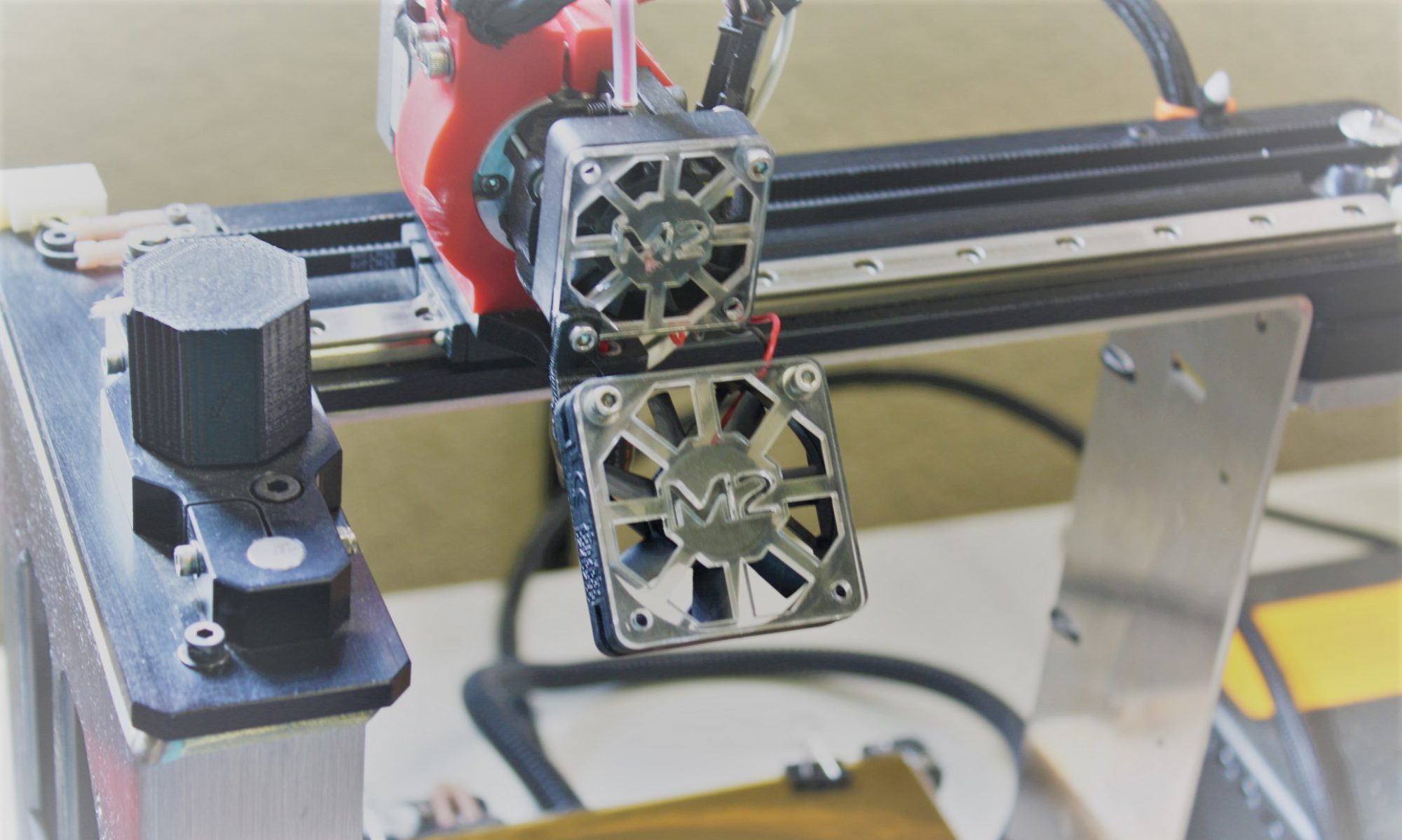If your Omega Supreme is still completely not working (no noise/motion/lights/nothing) and the battery connections check out okay with a multi-meter, the next most likely culprit is the on/off switch itself.
From the outside of the toy, the on/off switch looks like a “real” switch. However, when you open it up, you realize it is pretty cheesy. Disassembling the upper part of the toy to get to the switch is a little difficult. There are many small pieces to keep track of, and getting them all aligned again is a little tricky. Pay attention as you take it apart, and take your time. From what I can tell, the parts really all only go together one way.
First, you must pop off the face cover. Some of these are tighter than others. I used a plastic “spoon” on this one, however a screw driver could be used. Just be careful and avoid scratching the plastic.

Next, remove the screw holding the two halves of the head together.

The small bulb in the middle is the light that lights up in the face. The white ring with the lobes is the track that makes the red canon go up and down as the head rotates. Remove this ring, as well as the lower half of the head. You can not separate the two halves of the lower compartment without removing the head.

There are two screws that hold the lower compartment together (I failed to get pictures of them. Once once you remove them, the compartment will split.
All of the wiring will stay with one half of the housing. All of the gears will stay in the other.

This is a useful reference picture of how the gears should all sit relative to each other.


The red and green wires appear to just be soldered to brass rivets through a piece of stiff cardboard.
To disassemble the switch, you’ll have to bend all 4 tabs back to a straight position and slide the sheetmetal housing out of the cardboard slots.

The red plastic switch slider holds a small folded piece of brass. If the toy has sat for a very long time, corrosion builds up on the rivets and the brass slider. A light sanding with fine sand paper will easily bring both back to a shine. This should be enough to fix the contact issue.

You can reassemble the switch, and use a multi-meter to check continuity through the green and yellow wires.
The tabs and slots of the switch housing are not all the same length, so the switch itself will only reassemble one way.
Putting all of this back together can be a little awkward. The large red “chest” piece or “neck cover” that is spring loaded can be a bit tough. Just be patient. The best way I have found to do this is to lay the half with the gears in it flat on the work bench, and bring the half with the wiring in it down from above. You will have t pinch that large red piece to keep it in position and line up the other side for reassembly. It may take a few tries, but isn’t too bad.





















































